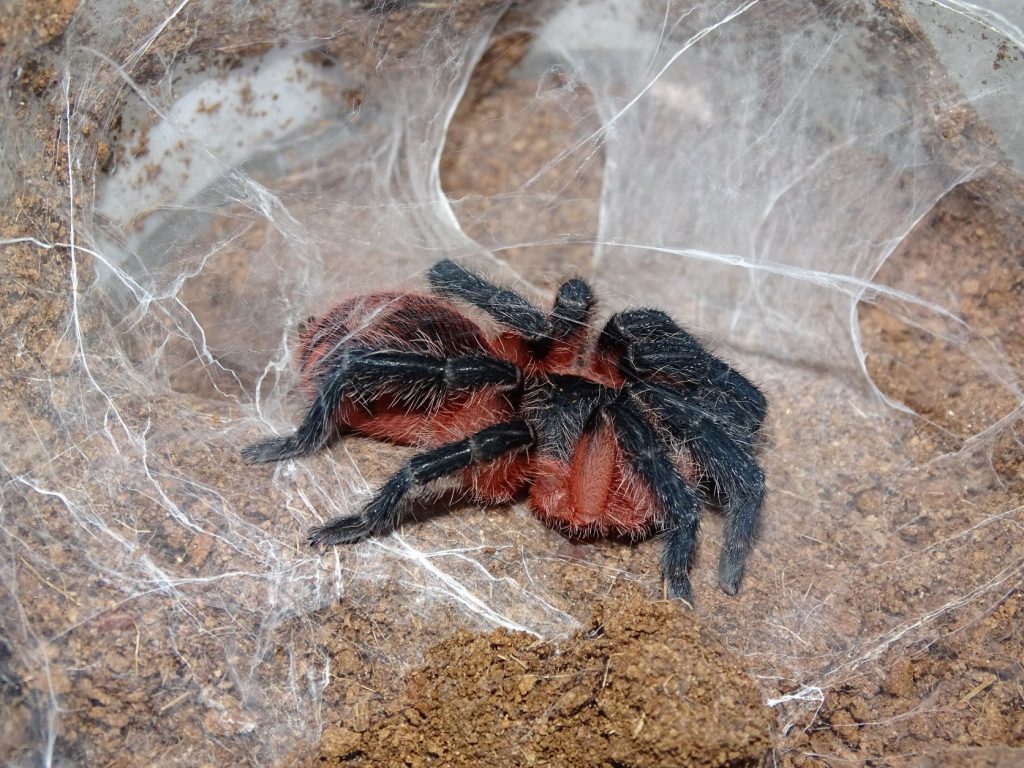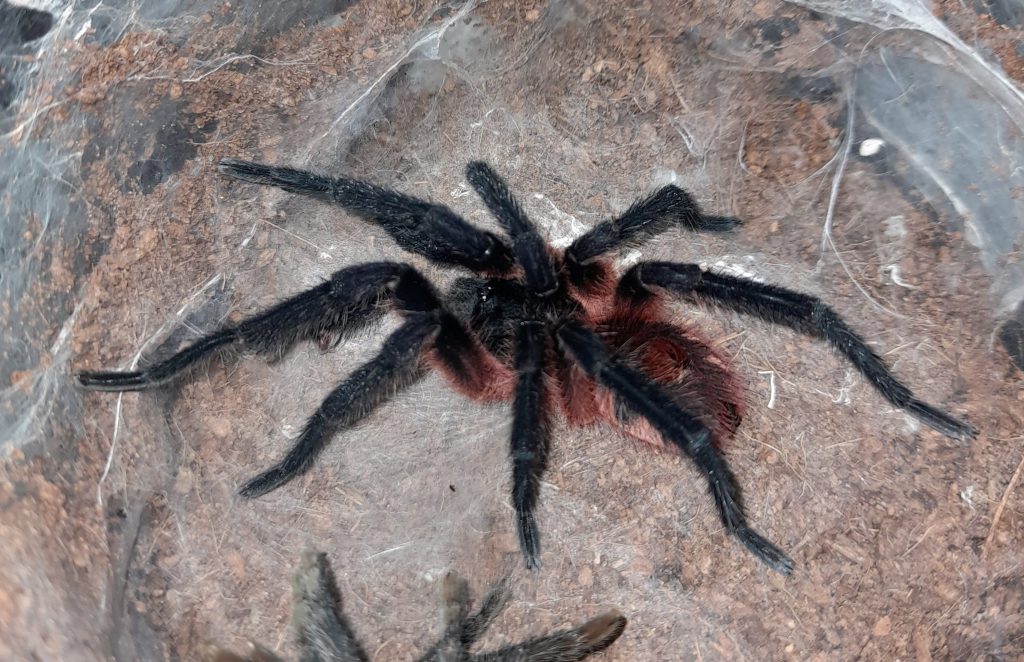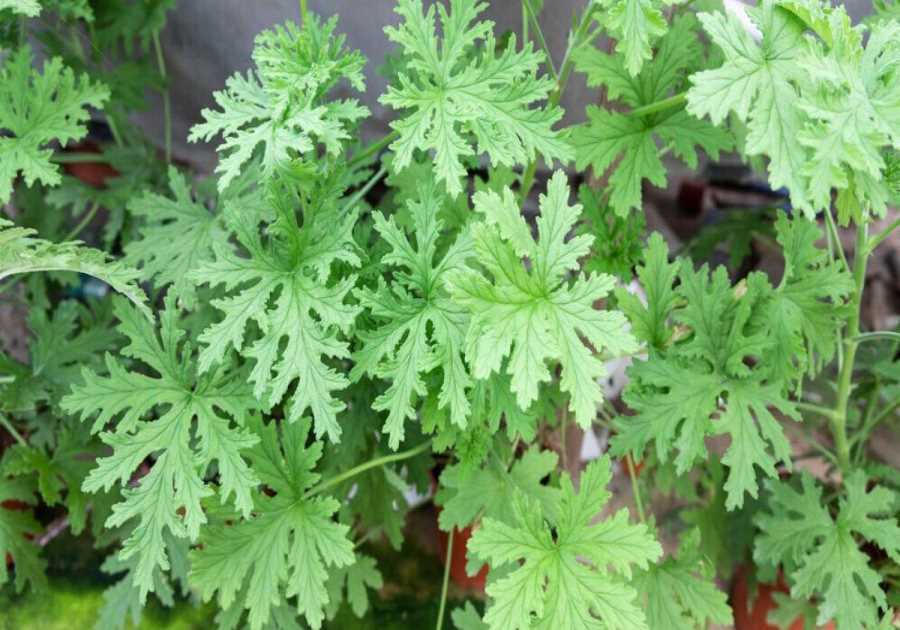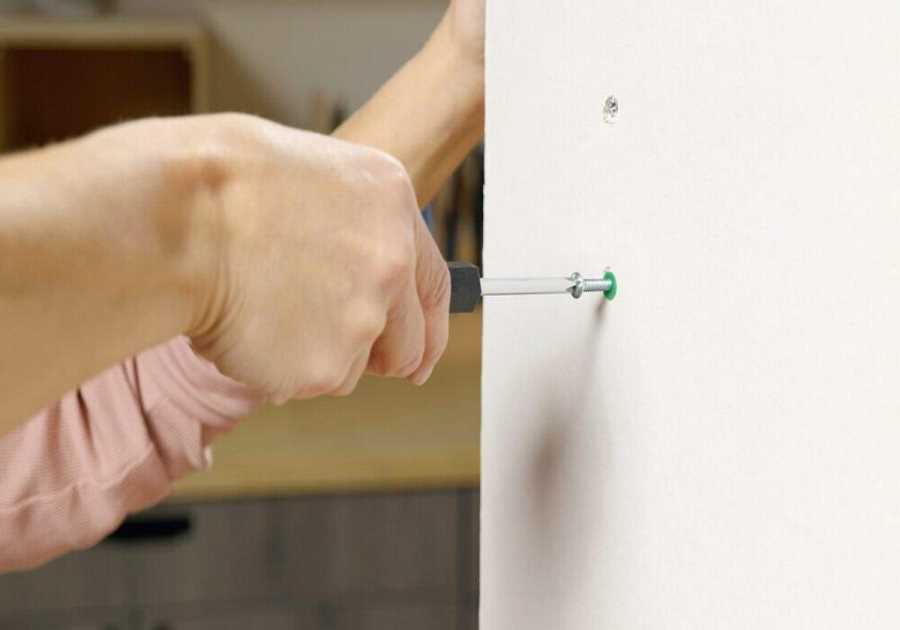The Lava Tarantula is the most beautiful species of tarantula in the world as far as I’m concerned. The common name perfectly describes the incredible coloration, consisting of a fiery orange/red contrasted against jet black. It really has to be seen to be believed.

The Lava tarantula is still a real rarity in the hobby, though a limited number of specimens have become available in recent years. Their popularity and rarity, however, mean they sell out almost as soon as they become available. This is a tarantula species you really need to be on the hunt for; your chances of just stumbling across one at a pet store or reptile show are slim.
Just the same, the Lava tarantula comes at a premium price, making it one of the most expensive theraphosids in the hobby right now. For this reason it is probably not one to consider as a first pet tarantula; instead get some experience under your belt before you drop a sizable sum of money on one of these beauties.
That said, for those with the cash and the experience, in my opinion they’re worth every penny.
At present I have 7 specimens of various sizes, so in this article I’ll describe my personal experiences to date. Hopefully if you’re seriously considering picking one up then the following will prove useful.
Theraphosinae sp. Panama or Davus sp. Panama?
The Lava tarantula is yet to be scientifically described. That is to say it doesn’t even have a “proper” Latin name at present. Instead, hobbyists have given it a temporary name so at least we know we’re talking about the same spider.
Historically the species has been known by the moniker of Theraphosinae sp. Panama. That is, experts believed it was most likely an undescribed member of the Theraphosinae genus. The Panama bit is self-explanatory.
More recently, however, taxonomists studying the species increasingly believe this tarantula belongs in the Davus genus. Hence this species is increasingly becoming known as Davus sp. Panama in the hobby.
While Davus sp. Panama is now the generally-accepted name, older articles still refer to Theraphosinae sp. Panama. To the reader, you can assume both of these names refer to the same species – the Lava tarantula.
Housing the Lava Tarantula

Lava tarantulas are pretty easy to house in my experience, with no special requirements being required.
Most specimens sold here in the UK are spiderlings, so require a very small container. The spiderlings of Davus sp. Panama are miniscule too; after dropping so much money on one you might be quite disappointed with its size when it arrives!
On the other hand, the incredible coloration is present from the outset, so this isn’t a species where you need to wait for a year or two until those gorgeous adult colors start appearing.
My spiderlings are currently housed in 2 oz clear plastic deli cups. Ventilation is provided by pushing a dissecting needle through the side a few times. Substrate-wise I’m currently using coir. As the spiderlings are so small, the finer the granules, the better. This is a species that likes to burrow, so giving a reasonable depth allows for this.
Juvenile specimens are kept in a similar manner, but obviously in larger containers. For the juveniles my preference is a 16 oz deli cup, again with ventilation added.
Temperature-wise, I try to keep my specimens above 20’C / 68’F and they seem to be thriving under these conditions.
To maintain this I have a reptile vivarium into which all the deli cups are placed. A single heat pad is placed inside the vivarium, attached to one end of the tank.
A thermostat attached to the heater prevents the risk of overheating, and I use digital thermometers at both ends of the vivarium to monitor temperatures on a daily basis.
Adults attain a leg span of around 4” (10cm) so they are considered a dwarf tarantula species. This means that adults can be successfully housed in reasonably modest cages. Something no smaller than 8” / 20cm square works well, with enough depth that your spider can burrow into their substrate and disappear from view.
Food, Feeding & Growth Rates
Lava tarantulas have a truly fantastic feeding response. Not only do they almost instantly jump onto any livefood I offer them, but they’re able and willing to tackle surprisingly large prey items.
So far my specimens have only ever gone off their food when a molt is approaching, which seems to happen every 3-4 months on average with my setup. Appreciate that different temperatures and feeding regimes will affect how often tarantula molt.
Lava tarantulas will happily eat all the standard feeder insects, though be mindful that the spiderlings are so tiny that only the tiniest insects will work.
My spiderlings get hatchling black crickets. As the spiders grow, so does the size of the livefood. Adults can take full-sized crickets without issue.
I feed all my specimens, irrespective of size, roughly once a week, and believe this species has a moderate-to-fast rate of growth.
Only the larger specimens, in bigger cages, have small water bowls. For slings and juveniles I lightly mist one side of the deli cup so there are water droplets to drink from. The containers are allowed to dry out between applications.
Temperament and Attitude
So far I’ve only observed one threat posture from my Lava tarantulas. And that was a specimen in premolt who got annoyed with a cricket. I’ve never had one directed at me.
Generally I’d say this species is shy and skittish, more likely to run off than to stand its ground. They’re not overly quick, so they’re quite easy to work with.
I don’t handle any of my tarantulas, but even if I did I wouldn’t consider it with this species as I wouldn’t want to risk any harm coming to such a rare and expensive tarantula.
Conclusion
Davus sp. Panama is a mind blowingly gorgeous tarantula with a hefty price tag. If you’ve got some experience and the readies then I highly recommend you consider picking up a specimen. I’ve found them easy to keep, with a great feeding response and a decent growth rate.
In short, this species is truly up there as one of the most exciting tarantulas currently in the hobby and is something that’ll bring you no end of pleasure looking after.
The post Lava Tarantula / Theraphosinae sp. Panama / Davus sp. Panama Care Sheet appeared first on Keeping Exotic Pets.
-----------------------------------------------------------------------------------------------------------------
By: Richard Adams
Title: Lava Tarantula / Theraphosinae sp. Panama / Davus sp. Panama Care Sheet
Sourced From: www.keepingexoticpets.com/lava-tarantula-theraphosinae-sp-panama-davus-sp-panama-care-sheet/
Published Date: Sat, 04 Feb 2023 19:58:34 +0000






